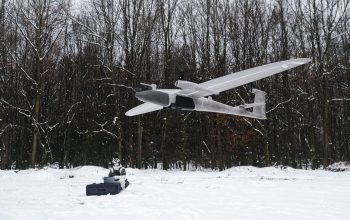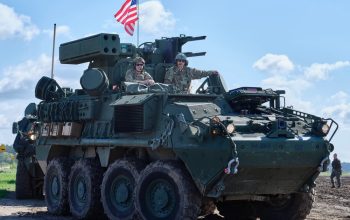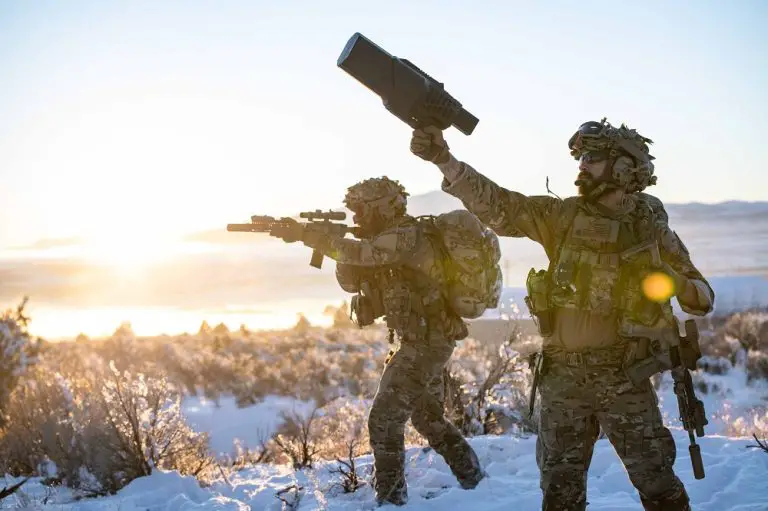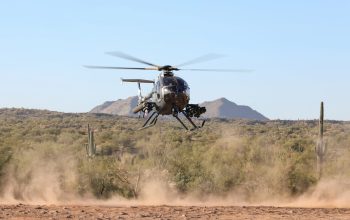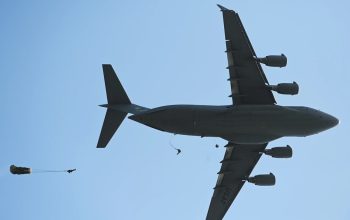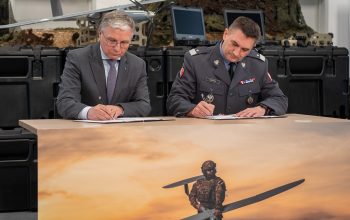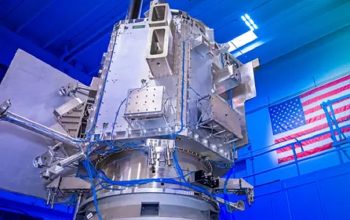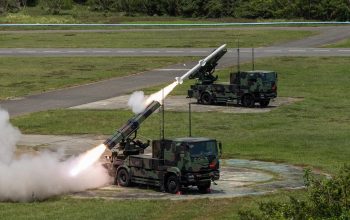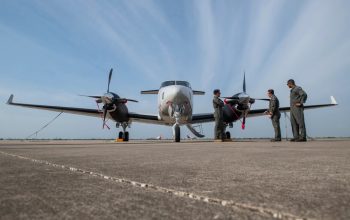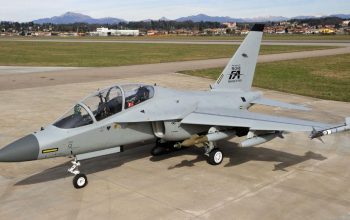The U.S. Army is opening a new $6.7 million vehicle drivetrain facility this summer to research lighter, more reliable and more efficient transmissions for future military rotorcraft. Upon opening, the U.S. Army Combat Capabilities Development Command’s Army Research Laboratory’s facility will feature a main gearbox from a UH-60 Black Hawk helicopter. The facility’s 2,000 horsepower-class transmission testbed is flexible and can be configured to perform experiments on a wide variety of gearboxes including AH-64 Apache, V22 Osprey, V280 Valor and next-generation rotorcraft transmissions. The research inside the Vehicle Innovative Powertrain Experimental Research, or VIPER, facility will focus on technologies to increase power density and transmission efficiency to enable greater speed, range and payload for future rotorcraft.
VIPER will explore and enable innovation in next generation power transmission systems and disruptive transmission concepts for vertical lift and mobility. The U.S. Army’s corporate laboratory is investing in research focused on discovery and innovation in the areas of autonomous air and ground vehicles, next generation propulsion and power and disruptive concepts for vertical lift and mobility. Inside the VIPER lab, researchers will rely on deep learning tools to analyze component response data from acoustic sensing instruments to hear what a healthy transmission sounds like, and to detect what it sounds like when a transmission starts to lose health. This kind of data can be used with drivetrain dynamics analysis and survivability studies, to validate dynamic computer models of transmissions and ultimately impact the readiness and reliability of future vertical lift platforms.
Historically, researchers had to rely on data – nearly exclusively – extracted from aircraft health-monitoring systems, which essentially acts as onboard data recorders. Emerson said these systems provide a valuable source of safety, maintenance and operations data, but only on undamaged components. The experiments planned at VIPER will fill-in the gaps and extend the usefulness of the historical datasets. For decades, the laboratory has transferred knowledge and advanced science in drivetrain technology for military vehicles to Army programs. This led to improvements in the AH-64E Apache Guardian. Upgrades improved its rated power from 2,828 to 3,400 horsepower with little impact to the transmission weight and volume partially because of split-torque face gear technology developed in collaboration with the NASA Glenn Research Center.




